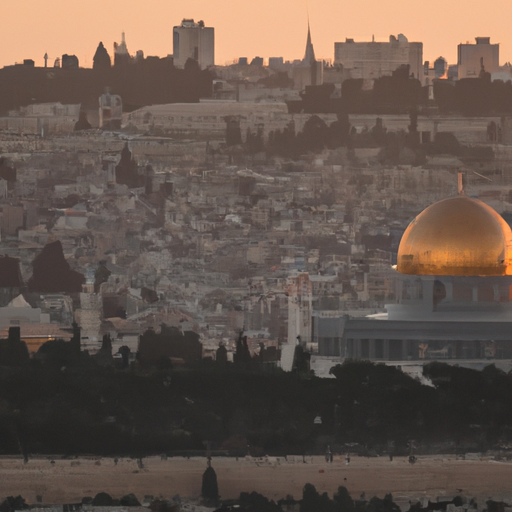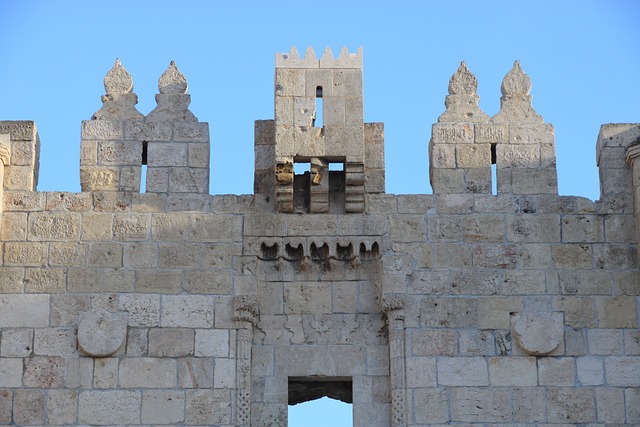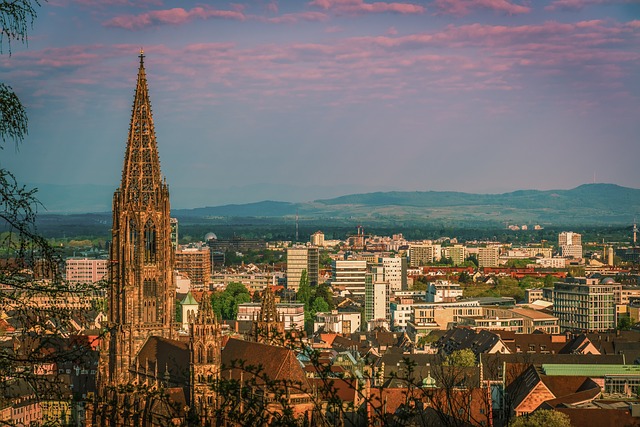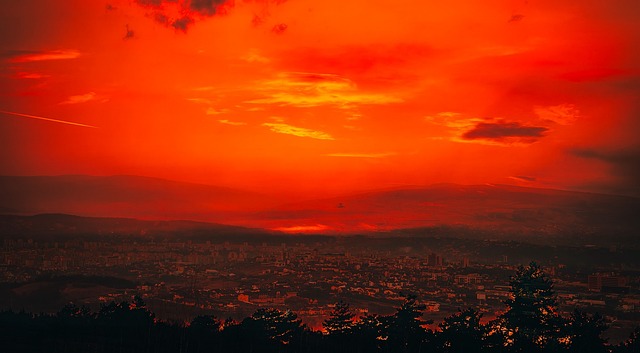This blog post provides an in-depth exploration of the magic that fills Jerusalem's Old City. We journey through the ancient alleys, visit sacred sites and engage with vibrant cultures that have been centuries in the making. The post examines the city's unique blend of history and modernity and offers insights into its profound spiritual significance.
"A Walk Through History: The Western Wall and the Via Dolorosa"
As you step into Jerusalem's Old City, prepare to embark on a captivating journey through history. One of the first stops you will encounter is the iconic Western Wall, also known as the Wailing Wall. This ancient structure holds immense significance for both Jews and Muslims, serving as a place of prayer and reflection. The towering stones that make up the Western Wall have witnessed countless generations seeking solace and connection with the divine. As you run your fingers along the weathered stones, you can't help but feel a profound sense of reverence and awe.
Continuing your walk through the maze-like streets of the Old City, you will find yourself on the Via Dolorosa, the path believed to be the route that Jesus took on his way to crucifixion. This sacred journey is marked by a series of fourteen Stations of the Cross, each representing a significant event in Jesus' final hours. Walking in the footsteps of millions before you, you can't help but be moved by the weight of history that surrounds you. The narrow alleyways, vibrant markets, and ancient stone buildings create a mesmerizing backdrop as you contemplate the profound sacrifice and resilience of the human spirit.
The Western Wall and the Via Dolorosa are not merely historical landmarks; they are living testaments to the enduring faith and cultural heritage of Jerusalem. Visitors from all walks of life come to these sacred sites to connect with something greater than themselves. The Western Wall stands as a tangible link to the past, reminding us of the resilience and determination of the Jewish people. The Via Dolorosa, on the other hand, invites us to reflect on the universal themes of suffering, sacrifice, and redemption that resonate across cultures and time.

A photo capturing the Western Wall filled with prayer notes and surrounded by people in deep prayer
Unraveling the Cultural Tapestry: How Do Centuries-Old Traditions Thrive in the Modern Age?
In the heart of Jerusalem's Old City, a captivating phenomenon unfolds before your eyes – the thriving of centuries-old traditions in the modern age. As you wander through the bustling streets, you'll witness a seamless fusion of ancient rituals and contemporary life, a testament to the resilience and adaptability of Jerusalem's diverse communities.
One of the most striking examples of this cultural tapestry is found in the vibrant markets, where centuries-old trades and crafts continue to flourish. From artisans meticulously crafting intricate pottery to skilled bakers kneading dough for traditional bread, the skills and techniques passed down through generations are still alive and thriving. These craftsmen and women not only preserve their cultural heritage but also contribute to the local economy and provide a unique experience for visitors.
Beyond the markets, religious ceremonies and festivals play a central role in preserving and celebrating Jerusalem's ancient traditions. The sound of the shofar echoing through the streets during Jewish holidays, the mesmerizing chants of the Muslim call to prayer, and the vibrant processions during Christian feasts all serve as reminders of the deep-rooted faith and customs that continue to shape the identity of the city.
Moreover, the modern age has also brought new ways of preserving and sharing these traditions. Digital platforms and social media have provided a global stage for Jerusalem's cultural heritage, allowing people from all corners of the world to experience and appreciate its richness. Online resources, virtual tours, and interactive exhibits have made it possible for individuals who may never set foot in Jerusalem to engage with its traditions and learn about its history.
"Can You Feel the Spiritual Pulse? The Dome of the Rock and the Church of the Holy Sepulchre"
As you step into the sacred grounds of Jerusalem Old City tour, you can't help but be overwhelmed by the spiritual pulse that reverberates through the air. Two iconic landmarks, the Dome of the Rock and the Church of the Holy Sepulchre, stand as powerful symbols of religious devotion and historical significance.
The Dome of the Rock, with its golden dome shimmering in the sunlight, is a masterpiece of Islamic architecture. It is believed to be the site where the Prophet Muhammad ascended to heaven, making it one of the holiest sites in Islam. The intricate mosaics that adorn the walls and the stunning interior design leave visitors in awe of the artistic and spiritual legacy that the site represents.
In contrast, the Church of the Holy Sepulchre, located just a short distance away, holds immense importance for Christians. It is believed to encompass the sites of Jesus' crucifixion, burial, and resurrection. The church is a complex maze of chapels, each representing a different Christian denomination, and pilgrims from all over the world gather here to pay their respects and participate in religious ceremonies.
Visiting these sites is a profound experience that transcends religious boundaries. Whether you are a devout believer or simply appreciate the historical and architectural significance, the palpable sense of reverence and spirituality is undeniable. The energy and devotion of the worshippers, the fragrant incense filling the air, and the hushed whispers of prayers create an atmosphere that is both humbling and awe-inspiring.

A serene photo of the Dome of the Rock at sunset, with the city's skyline in the background
What Does the Future Look Like for Jerusalem's Old City?
As we contemplate the future of Jerusalem's Old City, it is essential to acknowledge the complex challenges and opportunities that lie ahead. The Old City holds immense historical, cultural, and religious significance, and preserving its heritage while accommodating the needs of a modern society is a delicate balancing act.
Efforts are being made to ensure the preservation and restoration of the Old City's architectural gems, as well as the safeguarding of its intangible cultural heritage. International organizations, local authorities, and community initiatives are collaborating to address issues such as infrastructure improvements, accessibility, and sustainable tourism. These initiatives aim to maintain the authenticity and unique character of the Old City while enhancing the experiences of visitors and residents alike.
However, the future of Jerusalem's Old City also faces political complexities. The city's status has long been a subject of dispute, and finding a peaceful resolution that respects the rights and aspirations of all parties involved remains a significant challenge. It is crucial for all stakeholders to engage in dialogue and work towards a shared vision that prioritizes coexistence, cultural exchange, and mutual understanding.
Despite the challenges, the future of Jerusalem's Old City holds promise. Its historical and cultural significance will continue to attract visitors from around the world, providing opportunities for economic growth and cultural exchange. Additionally, as technology advances, innovative approaches may be employed to enhance the visitor experience while preserving the authentic atmosphere of the Old City.
Jerusalem's Old City is more than a historical site; it's a living, breathing testament to human civilization's rich tapestry. Every stone tells a story, every alleyway echoes with memories. Here, the past, present, and future merge in a timeless symphony of cultures, religions, and eras. Visiting Jerusalem's Old City is not just travel; it's an immersive journey through time and faith.



